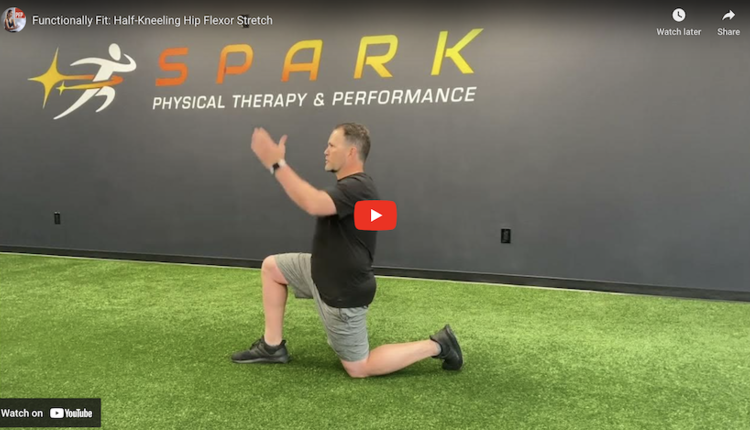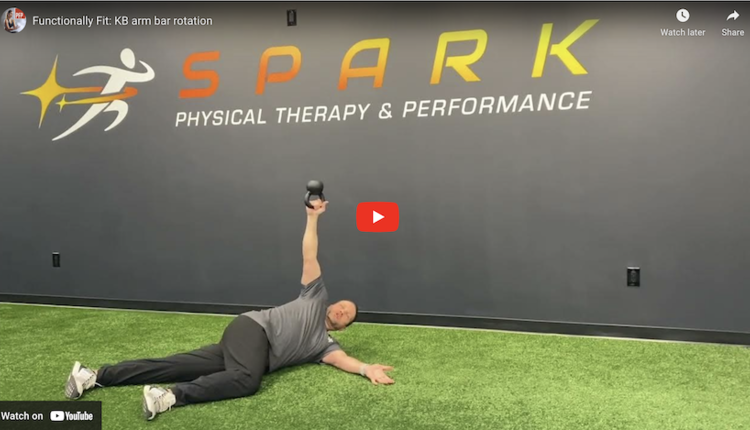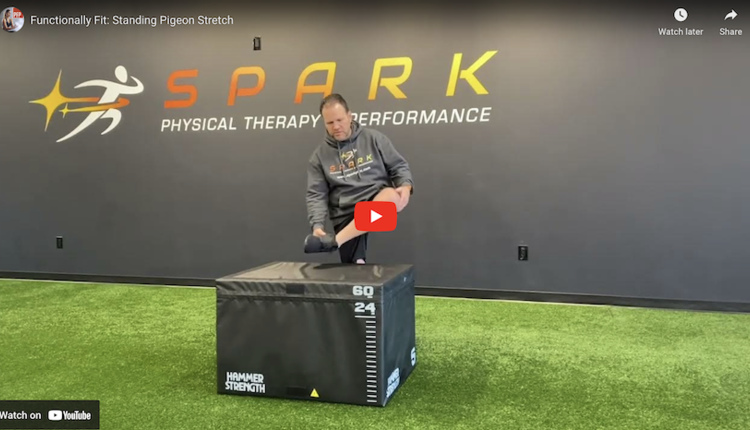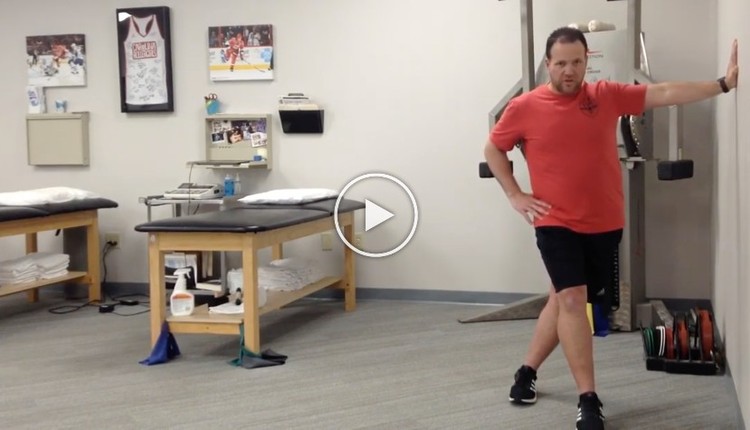Shoulder impingement is a common problem for many clients. Specifically, some clients will suffer from internal impingement as a result of a significant loss of internal rotation range of motion. This has been widely researched in baseball players, and it is a common issue for overhead athletes. Of note, it can also impact those doing repetitive overhead lifts.
It is common to see asymmetry in internal range of motion for the dominant and non-dominant arms. For those clients who have a total shoulder motion asymmetry greater than 5 degrees, it becomes more important to resolve internal range of motion deficits based on the current literature. In this column, I will review the sleeper stretch and cross body stretch to improve posterior shoulder mobility while increasing internal rotation.

Execution:
Sleeper stretch: Begin in a side lying position (on affected side) to stabilize the scapula. Position the arm at 90 degrees of shoulder abduction. Now, place the left hand on the right wrist and slowly pull the arm down until a comfortable stretch is felt. Hold for 30 seconds and repeat 3-5 times. There should be no pain or discomfort in the top of the shoulder or down the side of the upper arm. The stretch should be felt inside the shoulder, ideally in the back of the shoulder.
If there is any discomfort. roll the trunk back 20-30 degrees. This will allow for a stretch more toward the scapular plane and may alleviate any discomfort. With that said, if there is any discomfort, this stretch should be discontinued until it can be done pain free.
Cross body stretch: begin in a side lying position (on the affected or stretch side) to stabilize the scapula. Next, position the arm at 90 degrees of shoulder flexion. Position the other forearm above the stretch arm to ensure the humerus does not go into external rotation (this controls for humeral retroversion). Next grasp the elbow and pull the arm up away from the floor and across the body.
Pull until a strong but comfortable stretch is felt and hold 30 seconds. Repeat 3-5 times. You may opt to add more internal rotation and stretch in less than 90 degrees of abduction to vary the stretch felt in the posterior shoulder as well.
Application: It is common for people (especially throwers and overhead athletes) to have posterior shoulder tightness. This is problematic because it can lead to abnormal glenohumeral joint mechanics and internal impingement. With repetitive movement and stress, clients can suffer permanent change in the tendons (tendinosis) or even go on to suffer a rotator cuff tear.
Applying soft tissue mobilization techniques and routine posterior shoulder stretching for the “at risk” population or those with a history of shoulder pain often resolves their symptoms in a short time and promotes more congruent shoulder motion and biomechanics. Avoid pushing into pain and keep in mind those with AC joint arthritis may feel compression with the cross body stretch as this compress the joint.




















